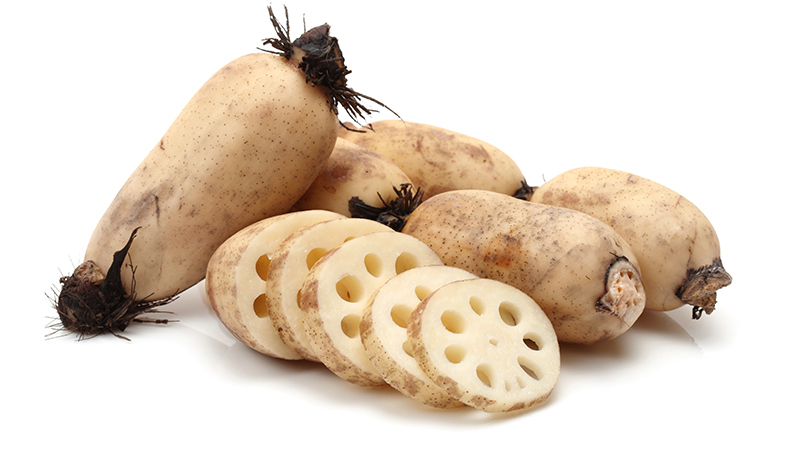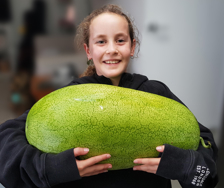Yates Account
Join now
Create a Yates account today!
Sign up to join the Yates Garden Club for monthly e-mails packed with seasonal inspiration, tips for success & exclusive promotions.
Plus if you’re a Garden Club member you can take part in the Yates Growing Community - a blog to share successes, get advice & win prizes in fun challenges along the way!

Forgot password
Enter the email address associated with your account, and we'll email you a new password.

All parts of lotus plants are edible. The leaves are used to wrap meat and rice for steaming, the roots are white with a pink tint - starchy and easy to digest, the seeds are harvested after flowering for medicinal purpose. The large, wavy green leaves are very attractive with the oversized pink flowers during summer.
How to grow lotus in a garden
- Choose full sun spot in your pond. Enrich the soil with Yates Thrive Natural Blood & Bone with Seaweed.
- Plant the plant out in the pond soil, 5 cm deep. Cover lightly with pond soil.
- Make sure water level is 5 cm higher than soil to start with, but do not submerge the leaves.
- Start feeding the plant with Yates Thrive Natural Blood & Bone with Seaweed when there are 6 leaves.
- Harvest by digging the roots out in autumn.
You can also place a pot direct into your pond; make sure the water is the same levels as your pot to start with, then gradually increase the water level as the foliage grows.
For small varieties keep the water 50 – 150 mm higher than top of the soil; For larger varieties water need to be 1 m deep from the top of the soil.

How to grow lotus in a pot
- Choose a pot at least 300 mm wide and deep and position in a full sun spot.
- Fill the pot with heavy garden soil (or 2 parts of clay + 1 part of river sand) for at least 150 cm deep, plant the seedling into the soil 20 - 30 mm deep, cover the mud with some pebbles, add water carefully and make sure water level is 5 cm higher than soil, but do not submerge the leaves.
- Start feeding the plant with Yates Thrive Natural Blood & Bone with Seaweed when there are 6 leaves.
- Harvest by digging the roots out in autumn.
Growing tips
Germinate from seeds:
- Scarify, file or cut a small hole on the sunken end;
- Soak seeds in 40C lukewarm water, change water twice a day, takes 3 - 7 days to germinate;
- Peel the outer shell from the germinate bud to half of the seed;
- Ready to transplant when seedlings are 15 cm tall;
- The seedlings need to be transplanted to a minimal 300 mm width and height pot;
- Make sure the pointy end faces down into the soil
Companion plants
Other aquatic plants
They may make you cry, but onions are worth the tears! They can impart such a sweet or savoury flavour to your dishes, depending on how they’re used.
Shallots
Shallots can be grown from seed or 'sets' (small dried bulbs). They're a versatile ingredient that adds real depth and complexity to your dishes. The subtle flavour profile is great for soup, stews, salad, stir fries and sauces.
Lettuce
The perfect salad leaf or sandwich filler! Here's how to easily grow lettuce in your garden or in pots.
Melons
Watermelons, rockmelons and honeydew – the quintessential summer fruit trio! They’re oh-so-sweet, juicy and delicious when eaten straight from the fridge
Recommended products
Yates Thrive Natural Blood & Bone with Seaweed
A certified organic garden input boosted with NZ Seaweed to gently nourish plants, enrich the soil and encourage a strong healthy root system.













Share
Share this article on social media